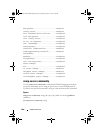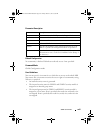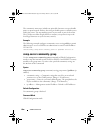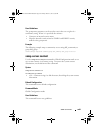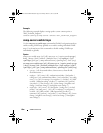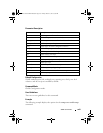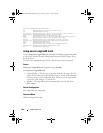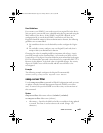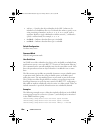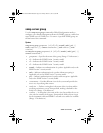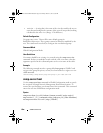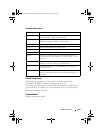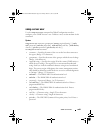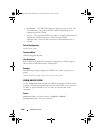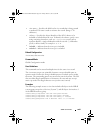
1634 SNMP Commands
•
oid-tree
— Specifies the object identifier of the ASN.1 subtree to be
included or excluded from the view. To identify the subtree, specify a text
string consisting of numbers, such as
1.3.6.2.4
, or a word, such as
system
. Replace a single subidentifier with the asterisk (*) wildcard to
specify a subtree family; for example,
1.3.*.4
.
•
included
— Indicates that the filter type is included.
•
excluded
— Indicates that the filter type is excluded.
Default Configuration
No filter entry exists.
Command Mode
Global Configuration mode
User Guidelines
An SNMP server filter identifies the objects to be included or excluded from
notifications sent to a server per RFC 2573 Section 6 "Notification Filtering."
This command can be entered multiple times for the same filter record. Later
lines take precedence when an object identifier is included in two or more
lines.
The filter name may include any printable characters except a double quote
or question mark. Enclose the string in double quotes to include spaces
within the name. The surrounding quotes are not used as part of the name.
The CLI does not filter illegal characters and may accept entries up to the
first illegal character or reject the entry entirely. Per RFC 2573, configuring a
filter adds an implicit exclude-all as the first entry in a filter record. Unless an
include statement is specified, all notifications are excluded by default.
Examples
The following example creates a filter that includes all objects in the MIB-II
system group except for sysServices (System 7) and all objects for interface 1
in the MIB-II interfaces group.
console(config)# snmp-server filter user-filter system included
console(config)# snmp-server filter user-filter system.7 excluded
console(config)# snmp-server filter user-filter ifEntry.*.1 included
2CSPC4.X8100-SWUM102.book Page 1634 Friday, March 15, 2013 8:56 AM



